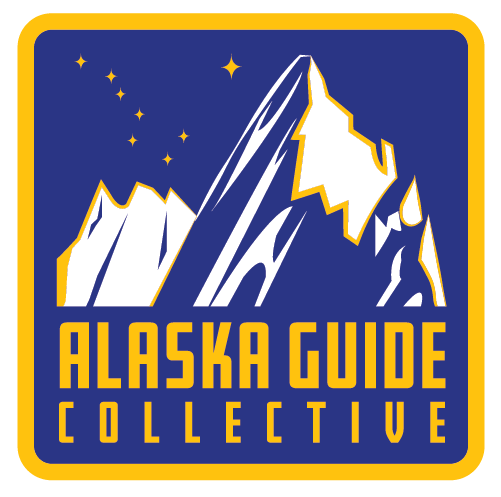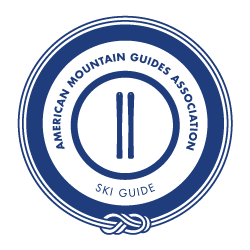Frequently Asked Questions
What is a typical backcountry ski day based from Girdwood like?
We meet at 8:00-9:00am, go over the day’s weather, avalanche conditions and route plan. Then we drive to our trailhead which is typically Turnagain Pass, about 25 minutes away. I do a safety briefing and an avalanche beacon drill. Then we enjoy our day. Tour. Learn. Ski. Runs are typically 1,000-3,000 feet. Average day is often around 3,000-4,000 verticle feet of skiing and covering 6-8 miles. Typically back at the car around 4pm then drive back to Girdwood. But we must remain flexible and adapt to weather and conditions... sometimes it makes sense to start at a different time or go to a different area. Maybe go earlier and finish earlier when the snowpack is in a springtime stage. (I decide on the exact time and location the night before, or the morning of our day). It is your day so let me know more about what you want to get out of it and if you have any time restraints.
Fitness requirements?
A basic level of fitness is needed, however there is not a set requirement for fitness given that trips are booked for your private group. What is required is the ability for everyone to carry and ski with a backpack that weighs 20+ pounds. A desire for adventure and to be outside enjoying the day is probably more important than fitness level. Your fitness will determine how far we can go and how much skiing we can do.
One of the best things for skiing is skiing and more skiing! Laps at ski resorts is a fun way to get your ski legs in shape for the downhill. For uphill travel while backcountry touring the better aerobic shape we are in, the more skiing we can do. I would recommend doing some workouts that include the Hip Flexor muscles. The hip flexors aren’t used to working very hard for daily life, so they can get overworked having to slide a ski and ski boot uphill; this can often be the limiting factor in doing more runs in the backcountry. Skiing, aerobic exercise, yoga and balance, squats and hip flexor workouts will make your day more enjoyable.
What equipment do I need?
Each guest is required to have all their own personal gear and clothing. On multi-day overnight trips, group gear is provided for. View the gear list for details. Every item is required unless it states it’s optional.
Gear Stores and Rentals:
AlaskaMountaineering.com - Backcountry ski rentals including skins, poles, beacon, probe, shovel and AT boots. Local mountaineering store in Anchorage.
BlueandGoldAK.com - Split-board rentals and snowboard shop in Anchorage.
PowderHoundAK.com - Girdwood ski shop and professional boot fitting.
SkiAK.com - The Anchorage ski shop.
HoardingMarmot.com - Good used gear store in Anchorage.
Transportation and Vehicle rentals:
Transportation is not included as part of a trip booking. I would recommend a 4x4 rental; we can get massive storms here and more often than not the roads are completely covered in snow and ice.
Alaska 4x4 Rentals in Anchorage seems to be the best price for the best vehicles but it’s worth shopping around or utilizing airline mile points if you have them. If you are renting from a place directly at the ANC airport a lot of those cars Do Not come with snow tires, it's worth making a stipulation for your rental that the car has actual snow tires, not “all season” tires.
What is the terrain like in Alaska?
Alaska is certainly famous for its big steep faces, spines and couloirs, but there is a fair amount of intermediate level terrain too. The bottom line when it comes to terrain choices is that it really depends on the avalanche conditions. Even if you ski better than Eric Hjorleifson we will be on slopes lower than 30 degrees if conditions are not stable enough. If the snowpack seems stable and our ski ability matches up then we may push into steeper slopes.
Altitude of the mountains?
Altitude sickness is not a concern for backcountry skiing in Alaska. Girdwood is at sea level. Alyeska resort base is at 300 feet (90 meters). Turnagain Pass is at 1,000 feet (300 meters). The summits around the area rise 3,500 to 6,500 feet above sea level (1,066 - 1,980 meters). Trips that go into the big ranges of Alaska such as the Alaska Range / Denali National Park may reach higher elevations. Camps are often set around 4,000 - 8,000 feet (1,200 - 2,400 meters). Summits could be upwards of 12,000 feet. Alaska does have higher peaks and some of the biggest mountains in the world, with Denali at 20,310 feet (6,190 meters) but Nick is a retired Denali guide.
Typical temperatures and weather?
Being near the sea, Girdwood typically has moderate winter temperatures around 15 to 32 degrees (-9 to 0 degrees celsius). Arctic air can come down bringing zero to negative temperatures. Southern “pineapple express” storms can bring above freezing temperatures and rain at sea level, but often Turnagain Pass will be all snow. April-May can bring spring daytime temps up into the 40’s or 50’s (+4 to +12 degrees celsius) but with a good freeze at night it can make for excellent spring corn skiing, while the high northern terrain often still holds powder! Fresh snow dumps can happen October - May. Storms are often counted in feet or meters instead of inches in coastal Alaska.
How much daylight is there in the winter?
The darkness is not as bad as you may think. November - January are the darkest 3 months, then we gain the hours back fast. By February we have longer daylight hours than the “lower 48”. By March and later the days are long. Overall Alaska has more daylight hours on average than the rest of the country.
Here are the daylight hours for each month in Anchorage, measured in usable light or “civil twilight” standards.
December 21, winter solstice the darkest day of the year: 9:10am - 4:43pm
January 21: 8:48am - 5:31pm
February 21: 7:35am - 6:47pm
March 21: 7:09am - 9:00pm
April 21: 5:22am - 10:28pm
May 21: 3:34am - 12:14am
June 21, summer solstice, the longest day of the year: 24 hours of usable daylight
Individuals or groups joining together?
I don't really do trips where people join together; I find it a higher quality experience to run my trips on a custom private basis. If there are people interested in the same time frame and it seems like a good fit, then it is possible to add people together as long as both parties agree.
Trip plans and locations?
In Alaska it's important to have several plans for where to go; it's a dynamic place with the weather and avalanche conditions. Each mountain range and sub-regions within them all have drastically different weather and avalanche conditions, which vary day to day and season to season. Living in South Central Alaska since 2008, I've got a good handle on it now. I always make my trip bookings with a "Plan A" but knowing that there are several other good options to adjust to at the last minute. It's all about taking advantage of what the current weather and avalanche conditions are for maximizing visibility, snow quality and safety.
Avalanche airbag backpacks?
There are a lot of opinions on airbags... some of mine would be: Pro's: It's good to have if you were to get caught in an avalanche. They work better in terrain like a lot of Alaska has. They work less well in treed terrain and if you're in bad terrain consequences it probably doesn't matter. Cons: They are heavy and not as good of being a good backpack itself. You have to deal with the canisters for travel and refills unless you have a battery-fan powered model.






